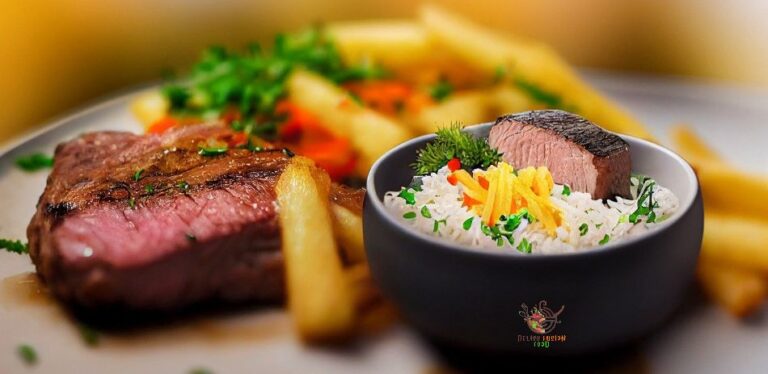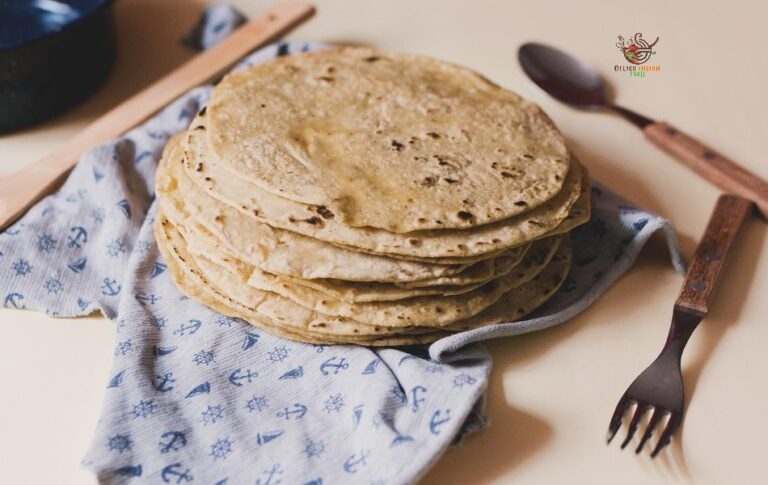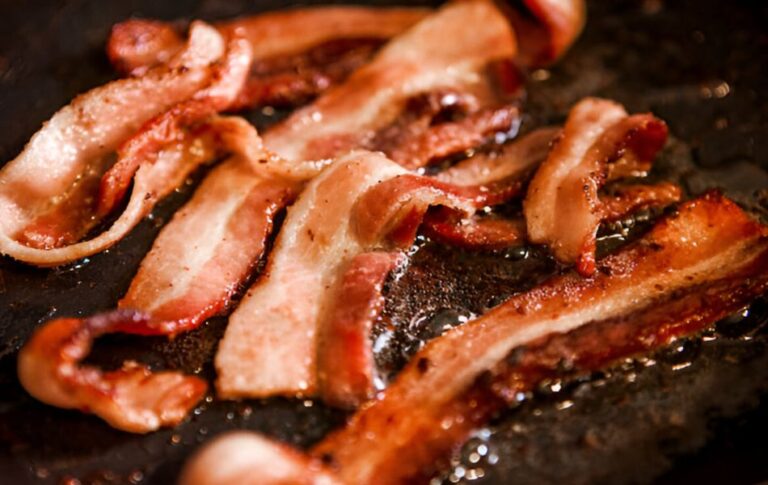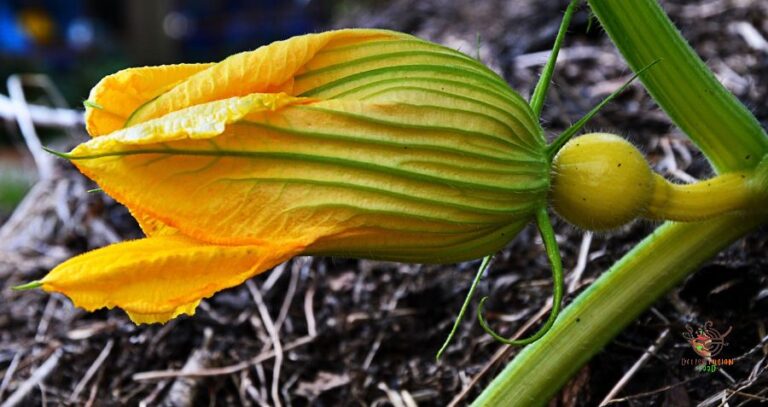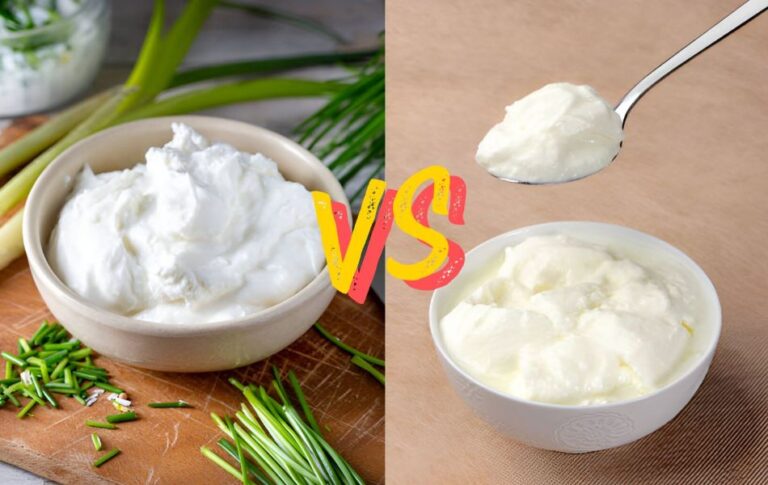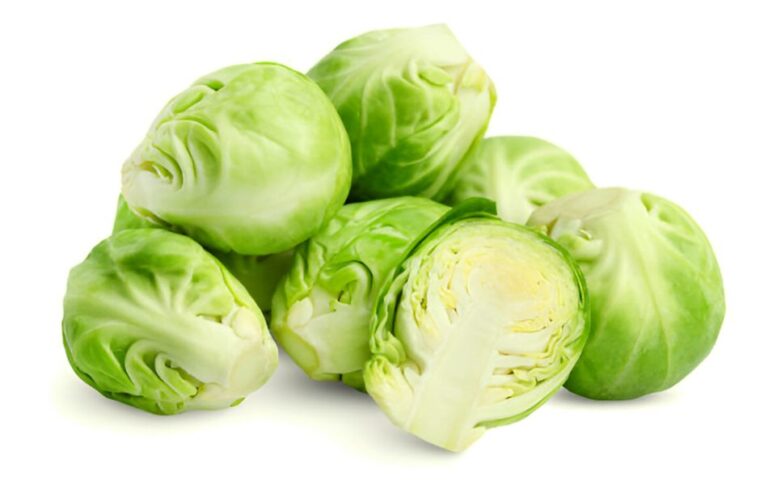Essential Dutch Oven Cooking Tips for Perfect Meals Every Time
Using a Dutch oven revolutionizes cooking for both home chefs and outdoor enthusiasts. This heavy-duty pot can do it all – from slow-cooked stews to crusty bread. Whether you’re cooking in your kitchen or over a campfire, the Dutch oven makes it easy and fun. In this guide, you’ll find simple tips that will help you get the most out of your Dutch oven, no matter where you cook.
Why a Dutch Oven is a Must-Have for Every Cook
Before we dive into the tips, let’s talk about why a Dutch oven is so useful. It’s made of thick cast iron, often coated in enamel, which helps it heat evenly and stay hot for a long time. You can use it on the stove or in the oven, making it great for soups, stews, fried foods, and even baked desserts.
For campers, it’s just as handy. Put some hot coals on top, and you’ve got a makeshift oven right at your campsite. Prepared to master it like an expert? Let’s dive in and begin the journey!
Dutch Oven Cooking Tips
1. Choose the Right Size Dutch Oven
When selecting a Dutch oven, size matters. A typical Dutch oven ranges from 3 to 7 quarts, but the best size depends on the number of people you’re cooking for. For smaller meals, a 3-quart Dutch oven should suffice, but for larger family meals or batch cooking, a 6-quart or larger pot is ideal. Keep in mind that a larger Dutch oven will take longer to heat up but can hold more ingredients, which is essential for dishes like stews or braises.
2. Prepare Your Cast Iron Dutch Oven
If you’re using a plain cast iron Dutch oven (without an enamel coating), seasoning is essential. It creates a natural non-stick layer and helps prevent rust.

- How to season: Apply a light coat of vegetable oil or shortening evenly over the entire surface, both inside and outside. Bake it upside down in a 375°F (190°C) oven for about an hour, placing foil on the rack below to catch drips.
- Pro tip: The more you use and season your Dutch oven, the better it becomes. Each use enhances its non-stick properties.
3. Preheat Your Dutch Oven Properly
Warming up your Dutch oven before cooking helps your food cook more evenly. Because it’s thick, it takes longer to heat, but once it’s hot, it holds the heat well. To keep food from sticking, heat it over medium heat before you add oil or other ingredients.
If you’re baking bread, try preheating the pot in your oven first – this helps create a crisp, golden crust.
4. Use the Right Amount of Liquid
Dutch ovens are great for slow cooking, but the key to getting the best results is using the right amount of liquid. Because the tight-fitting lid traps moisture, you don’t need to use as much liquid as you would with other pots. If you’re making a stew or braised dish, ensure that the liquid covers about two-thirds of the ingredients to allow for even cooking. Too much liquid can make the dish watery, while too little can cause it to dry out.
5. Use the Lid to Your Advantage
The heavy lid of a Dutch oven isn’t just a pretty design feature; it plays a big role in your cooking.

- Traps moisture: The tight-fitting lid helps retain steam, perfect for braised meats and soups.
- Top-down heat: When cooking outdoors, place charcoal briquettes or hot coals on the lid for even heat distribution. This method is essential for successfully baking dishes such as casseroles or cobblers.
- Pro tip: Flip the lid upside down to use it as a griddle for pancakes, bacon, or burgers.
6. Sear Your Meat First
To enhance the flavor, make sure to brown your meat before placing it in a Dutch oven for slow cooking. Searing seals in the juices and forms a flavorful, caramelized crust on the meat. To achieve this, warm some oil in your Dutch oven over medium-high heat, place the meat inside, and evenly brown it on all sides. This simple step will enhance the depth of flavor in your dish.
7. Don’t Rush the Cooking Process
One of the key Dutch oven cooking tips is patience. The beauty of this pot is that it allows for slow, even cooking. Whether you’re simmering a stew or braising meat, take your time and allow the ingredients to meld together. Resist the temptation to turn up the heat to speed up the process, as this can lead to uneven cooking and tough meats. Using low to medium heat is generally the most effective method for cooking.
8. Mastering Heat with Your Dutch Oven
Getting the heat just right is important when using a Dutch oven – whether you’re cooking indoors or outside.
At Home:
- On the stove, medium heat works well for most meals. For soups and stews, keep the heat low so it simmers gently.
- When using the oven, keep in mind that Dutch ovens are excellent at retaining heat. You may need to shorten the cooking time a bit, even if you follow a regular recipe.
Outdoors:

- Charcoal is great for outdoor cooking. To reach 350°F (176°C), use twice as many charcoal briquettes as the oven’s size in inches.
- Put most briquettes on the lid, and the rest underneath.
| Dutch Oven Size | Total Briquettes | On Lid | Underneath |
|---|---|---|---|
| 10 inches | 20 | 14 | 6 |
| 12 inches | 24 | 16 | 8 |
| 14 inches | 30 | 20 | 10 |
8. Keep Your Dutch Oven Clean
Proper cleaning of your Dutch oven helps maintain its durability and ensures that your dishes continue to taste delicious.
-
For bare cast iron:
- Skip the soap; use a stiff brush and hot water to scrub it clean.
- Dry thoroughly to prevent rust, then apply a light layer of oil before storing.
-
For enamel-coated Dutch ovens:
- Soap is fine! Just avoid abrasive sponges that might scratch the enamel.
- To remove stuck-on food, simmer water and a bit of baking soda in it for a few minutes.
Maintaining your Dutch oven will save you from potential rust and ensure a smooth cooking surface for years.
Bring Versatility to the Table
One of the best parts about cooking with a Dutch oven is its multitasking ability. Check out these tasty suggestions to try:
At Home:
- Bread Baking: Bake rustic, crusty artisan bread. The Dutch oven traps steam, creating a crisp crust.
- Hearty Stews and Soups: The even heat distribution makes for perfectly simmered broths.
- Pot Roasts: Slow-cook meats until they fall apart with tenderness.
While Camping:
- Chili and Cornbread: Cook chili in the base and bake cornbread on top by adding coals to the lid.
- Desserts: Make peach cobbler or berry crumble for the perfect end to a campfire meal.
- One-Pot Meals: Cook everything from pasta to curries in one go with minimal cleanup.
Don’t Forget the Accessories
To get the most out of your Dutch oven, a few simple tools can help:
- Lid Lifter: This tool helps you safely lift a hot lid, especially when it has hot coals on top.
- Liners: Using parchment paper or foil liners makes cleaning up easier, especially after making sticky foods like desserts.
- Trivet or Stand: These keep your Dutch oven steady when cooking over a fire or hot coals.
See Also – 8 Air Fryer Mistakes You’re Probably Making and How to Fix Them
Conclusion
Dutch ovens are a must-have kitchen tool for anyone who enjoys cooking delicious, flavorful meals. With the right techniques, such as choosing the proper size, preheating, and slow cooking, you can create mouth-watering dishes every time. Whether you’re making a hearty stew, baking a loaf of bread, or preparing a braised roast, these Dutch oven cooking tips will help you unlock the full potential of your pot. Happy cooking!


